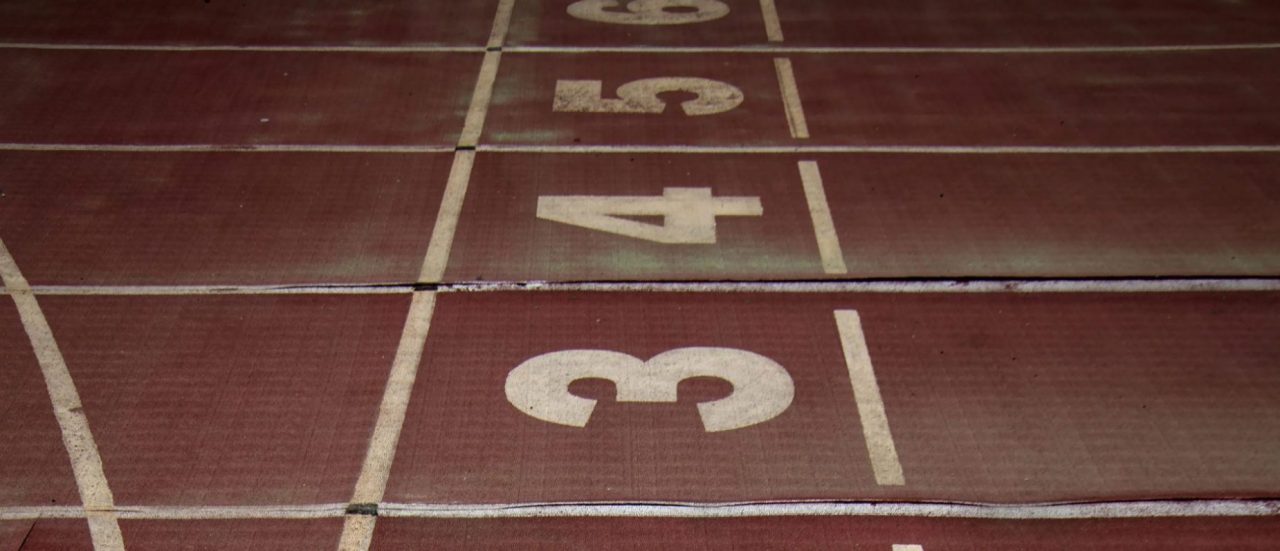For too long now, the NCAA has hidden behind its veil of “amateurism” to justify depriving college athletes of reasonable compensation for use of their name, image, and likeness (“NIL”), much needed comprehensive academic opportunities, and much more. While significant incremental improvements have been achieved through litigation, legislatures have finally realized that they have a role to play in creating an equitable system of intercollegiate athletics. Ever since California passed the Fair Pay to Play Act in 2019, there has been exponential increase in the introduction of reform bills targeting the injustices of college athlete compensation under the NCAA’s regime. In this article, the authors address a proposed formula for federal legislation aimed to achieve a more equitable system in intercollegiate athletics.
By Michael Hausfeld, Sarah LaFreniere, & Eduardo Carlo1
I. THE RISING TIDE
Should college athletes be compensated? If so, how? And, for what? While these questions, and the NCAA’s response to them, are presently under immense scrutiny, the discussion around college athlete compensation is hardly new. Over the past decade, individuals and organizations at all levels have recognized the fundamental unfairness in the way college athletes have traditionally been compensated (or rather, uncompensated) despite the economic boon their participation in college sports presents for their universities, the NC
...THIS ARTICLE IS NOT AVAILABLE FOR IP ADDRESS 216.73.216.89
Please verify email or join us
to access premium content!

